Where You'll Go
For many visitors in a big city, there’s an intimidation factor. You might feel a bit lost and unsure of where to go while the residents and regulars move briskly past. That’s sort of like going to the golf course for the first time – you might feel out of place or in the way. Don’t sweat it… golf courses may seem intimidating, but they’re welcoming places… they want you there! Here’s some info that will give you the ‘lay of the land’ both before you go and when you’re on the course.
Before The Round
Helpful things to know before you step foot on a golf course.
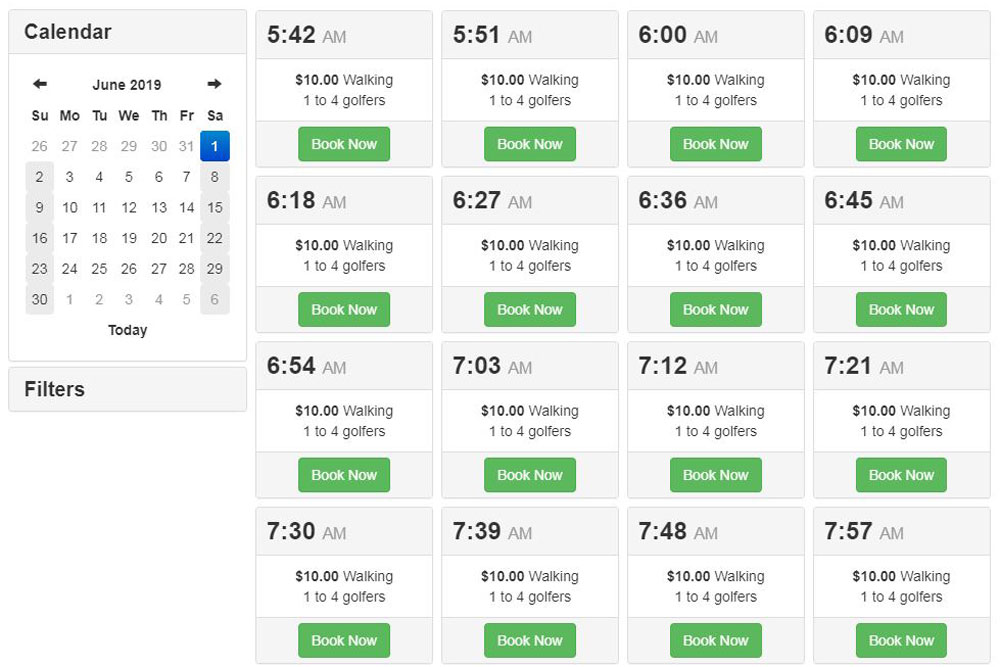
Tee Time
A tee time is like a restaurant reservation. It’s the designated starting time for a round of golf. You can reserve a tee time online at the course’s website, by calling the course ahead of time, or upon arrival. It’s encouraged to plan ahead and book a tee time before showing up to the course. You should arrive at the course about 20-30 minutes your tee time. This gives you time practice, stretch or order a beer.
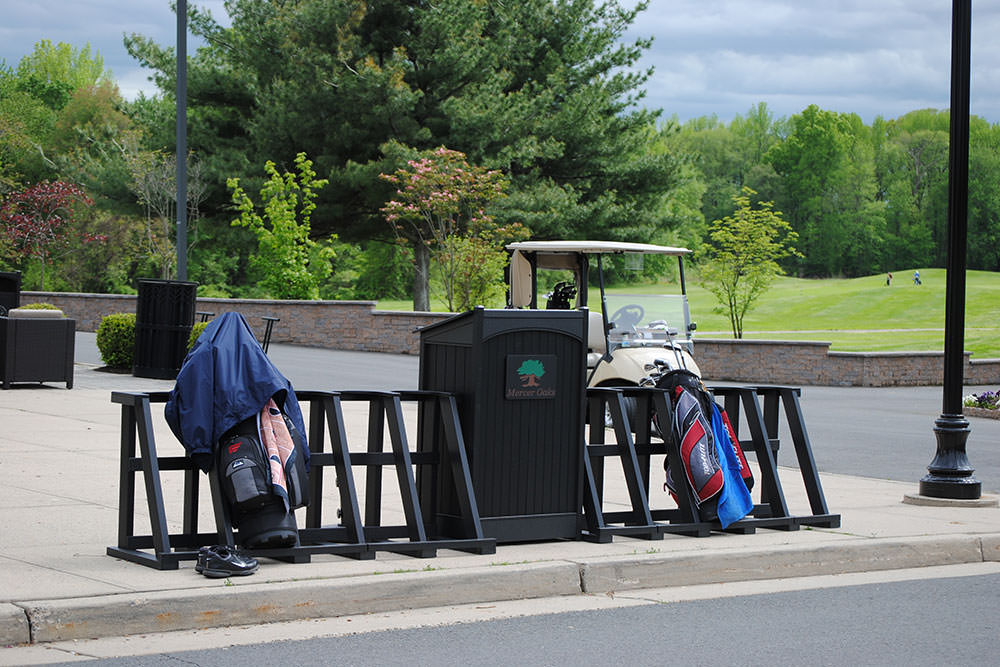
Bag Drop
One of the first things you might see as you arrive at a golf facility is a sign that says "Bag Drop." Located close to the clubhouse, the bag drop lets golfers drop off their bag of clubs on a rack before parking their car. The course may have outside staff members at the bag drop to welcome golfers to the facility and put their bags on a golf cart. At most golf facilities, using the bag drop is optional.
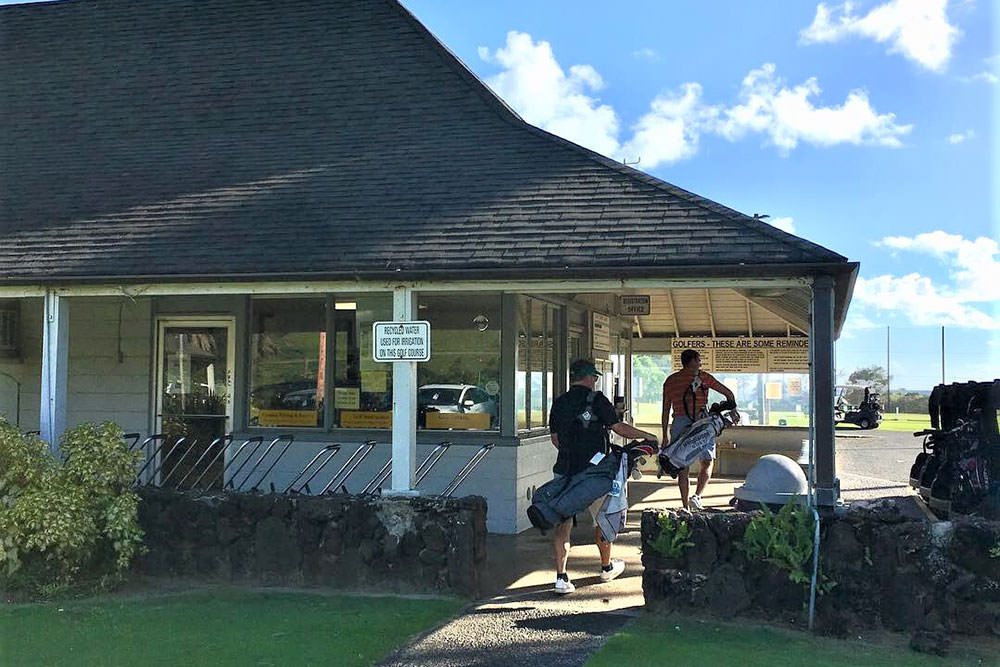
Clubhouse
This is the main facility that typically houses a pro shop or golf shop where golfers check in for their rounds and make any necessary purchases. The clubhouse may also contain a locker room, restrooms, a dining area or snack bar, and other amenities. There are typically racks outside the clubhouse similar to the one found at the bag drop. Leave your clubs while checking in with the course staff. There's no need to bring a golf bag into the clubhouse or pro shop.
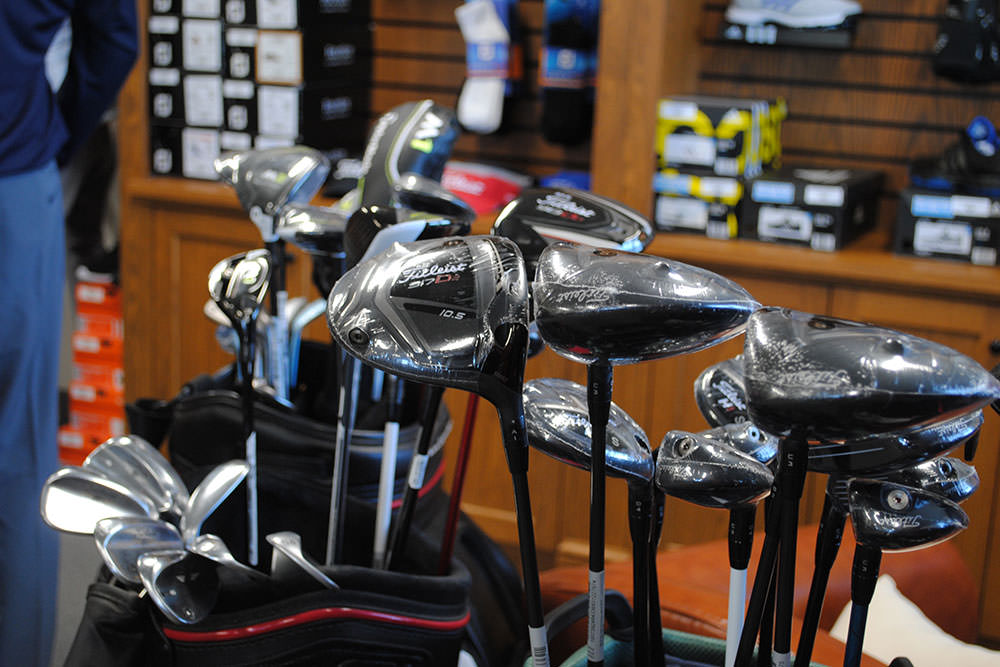
Pro/Golf Shop
Don’t be fooled by the name – this place isn’t just for pros. Often located in the clubhouse, the pro shop or golf shop is where you arrange to get out on the golf course. The staff here can get you a tee time or check you in for your pre-scheduled round. They will collect the green fees and, if necessary, cart fees for your round. If the course has a practice range, you might pay for practice balls here. The shop may also sell golf equipment, apparel and snacks.
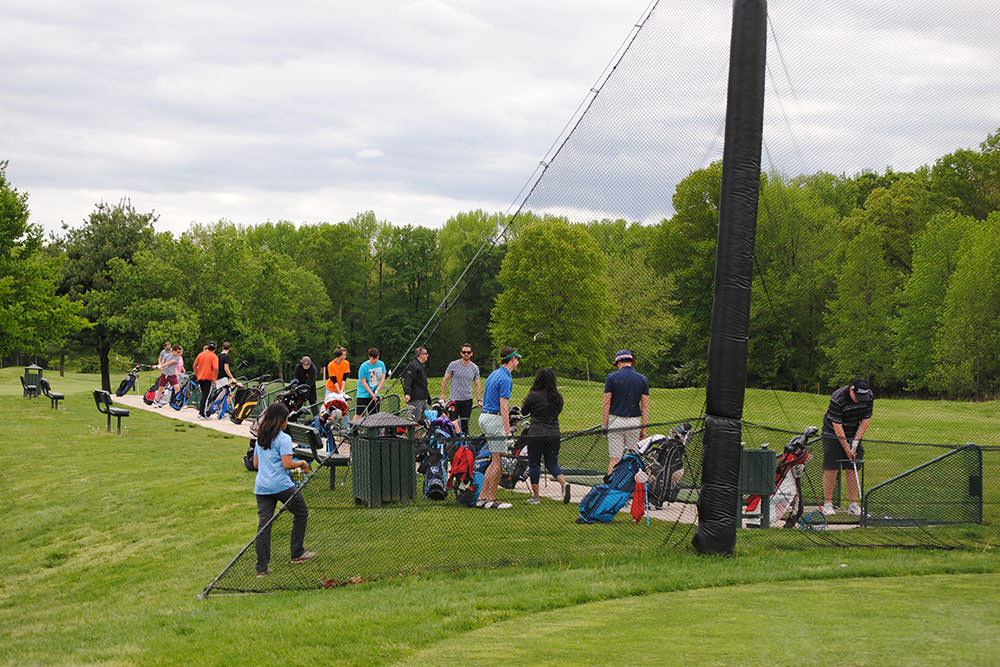
Driving range
Usually located adjacent to the clubhouse and golf course, the driving range has individual spots, or hitting bays, where you can practice shots of any distance using irons and woods. Baskets of practice balls (in varying sizes) can typically be purchased from the pro shop or from a ball dispensing machine. These balls generally cost less than $10 and are for range practice only, not for players to use on the course or take with them. Driving ranges have different hitting surfaces; some have artificial turf mats, while at others you’re hitting off the ground.
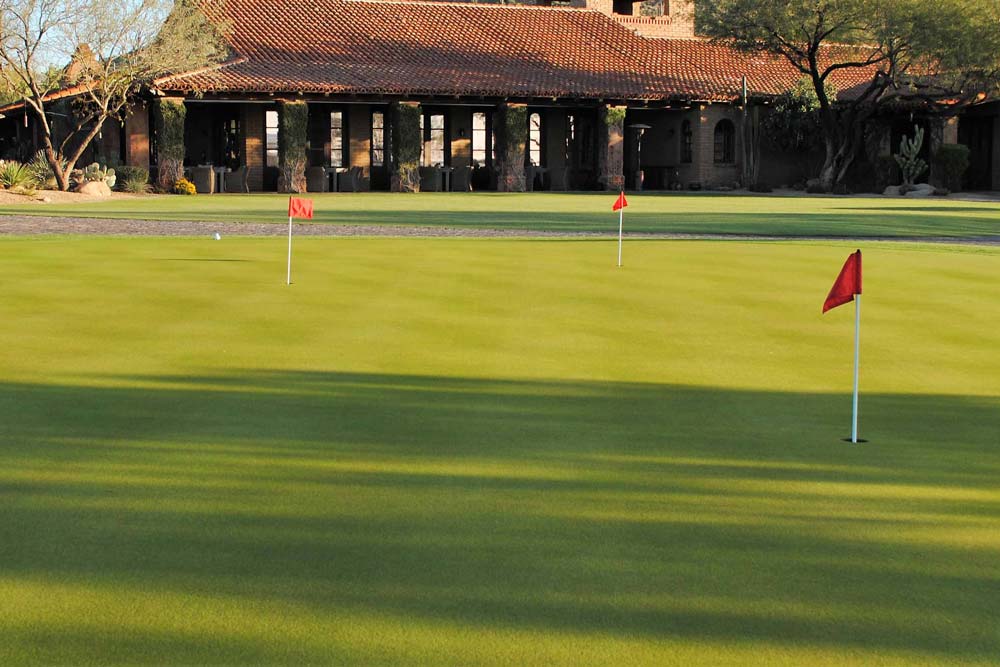
Practice Green
While the driving range is for practicing full shots, the practice green is where players can practice their putting and, occasionally, short chip shots. The practice green is often located near or adjacent to the first tee, allowing golfers waiting for their tee time to get in a bit more practice before they start play. The practice green features several holes, all with flags considerably smaller than those found on the regular course.
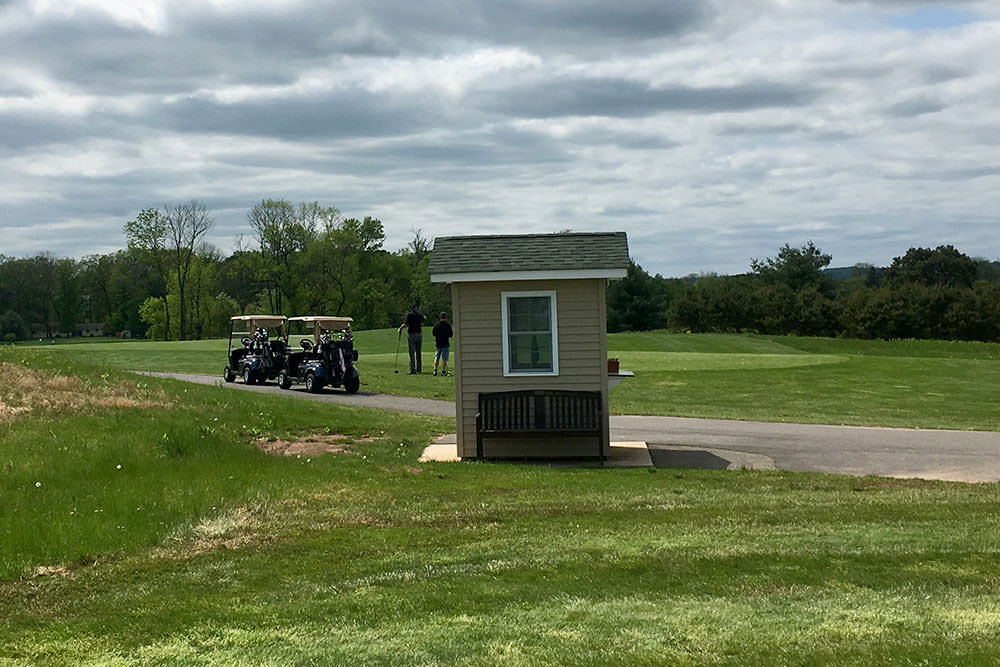
Starter
This staff member is usually close to the first tee. His/Her job is to check a player's receipt and make sure everyone gets off the first tee on time. The starter may also share some local rules, cart requirements, and/or knowledge about the course. The best starters also might have a joke or two chambered. We're out here to have fun, after all.
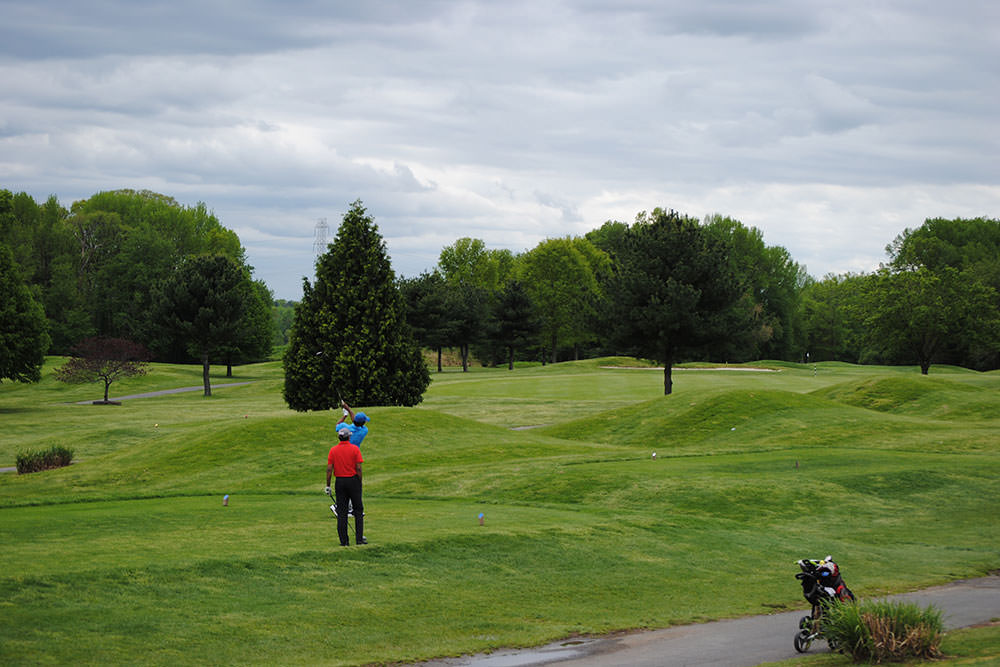
First tee
The first tee is where you start your round. There’s usually a staff member at the first tee, the starter, who will queue players in the order of their tee times, check your receipt and send your group off on time. Typically, the first tee is Hole 1, but it could also be Hole 10 if you're starting on the "back nine" or second nine.
On The Course
Get yourself acquainted with the different areas of the golf course. You’ll see almost every one of these on the first hole you play!

Tee box
Play on each hole starts from here. The actual teeing area is defined by two ‘tee markers’ set several yards apart. The ball may be teed up on a tee. It must be played from between the tee markers and up to two club-lengths behind them.
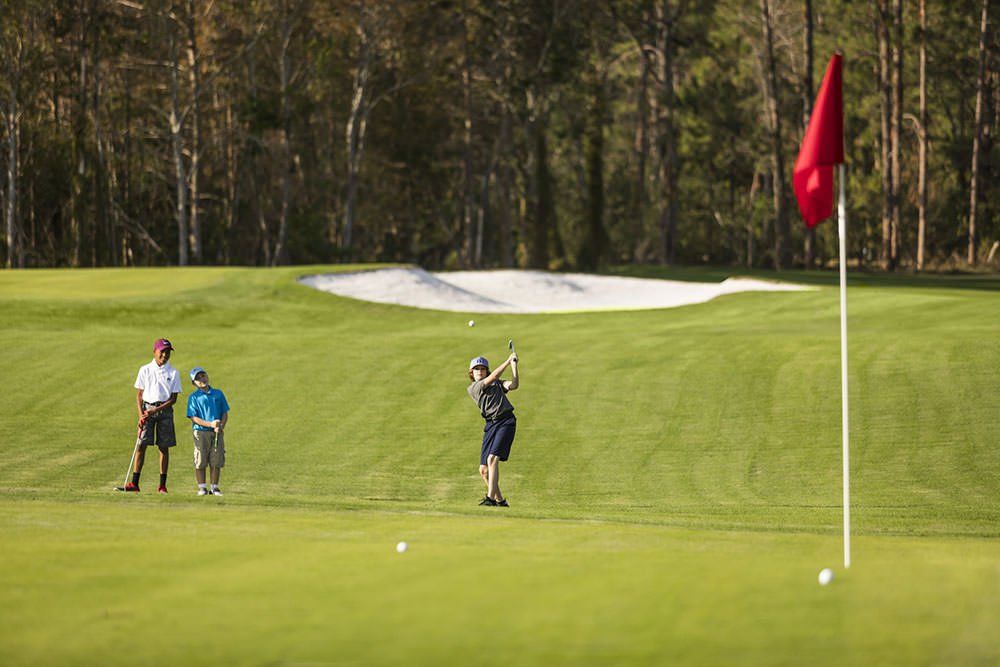
Fairway
It’s not hard to see how this part of the course got its name. It’s the closely mown area between the tee box and the green, and it’s certainly the best route to get from one to the other. Keep it on the short grass as much as possible. The game is a lot easier from there.
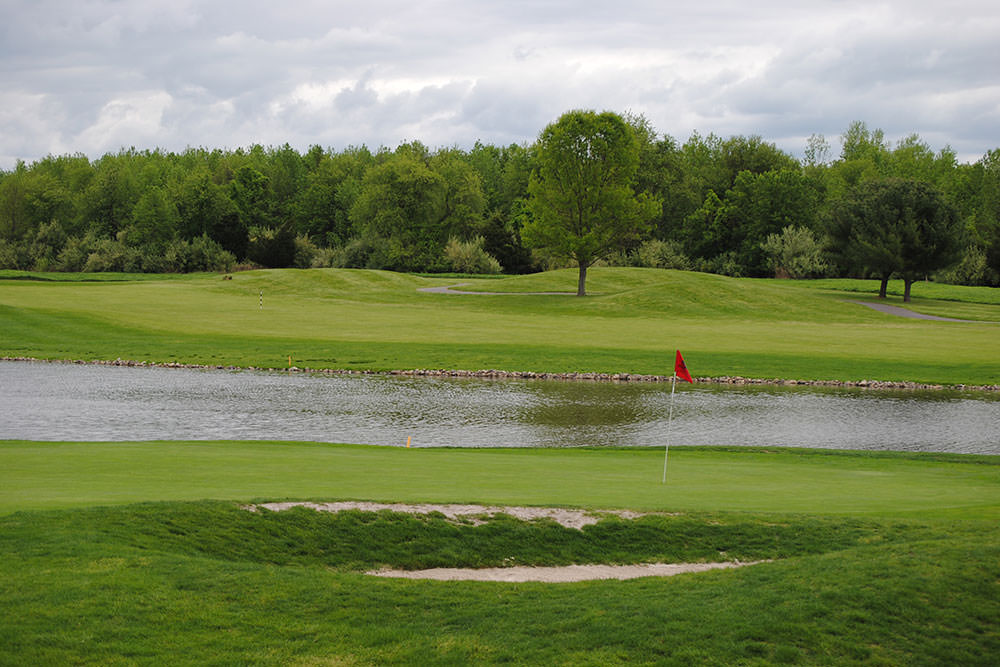
Rough
The rough is deeper grass often found bordering each side of a fairway. Rough can vary from an inch to four inches or more, and some courses have sections of graduated rough that gets deeper the further offline a player is from the fairway. In most cases, the thicker and taller the grass is, the harder it is to hit a ball from.
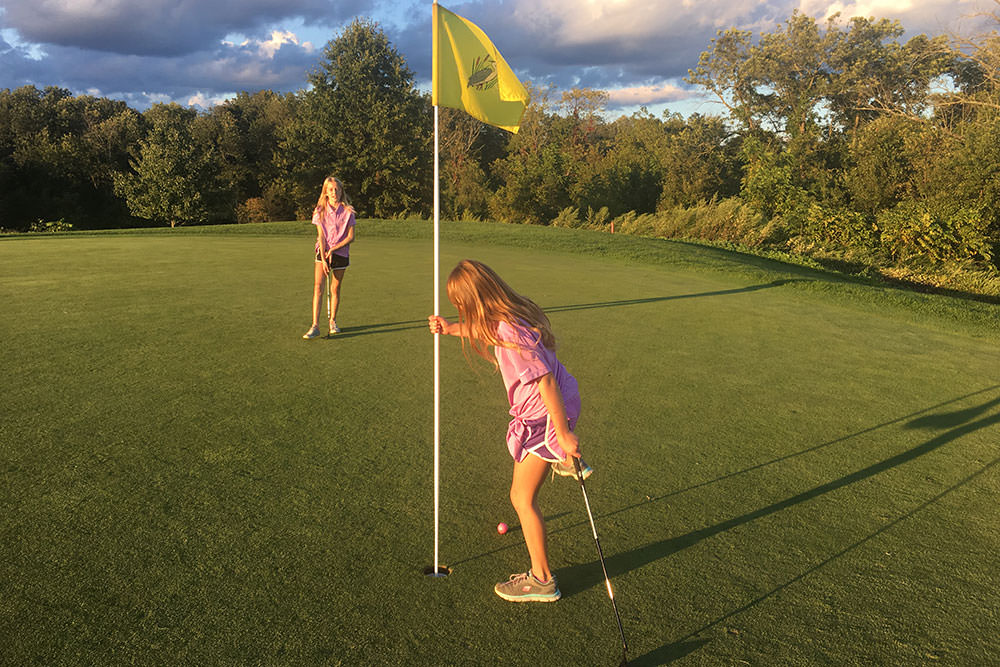
Green
This is the area in which the hole is located. It has the shortest grass on the course so you can putt or roll the ball smoothly. A green can vary widely in size and shape, and frequently features sloping and undulating contours for added challenge. On the green is where most golfers can save more strokes than any other place on the course. Make the green your friend.
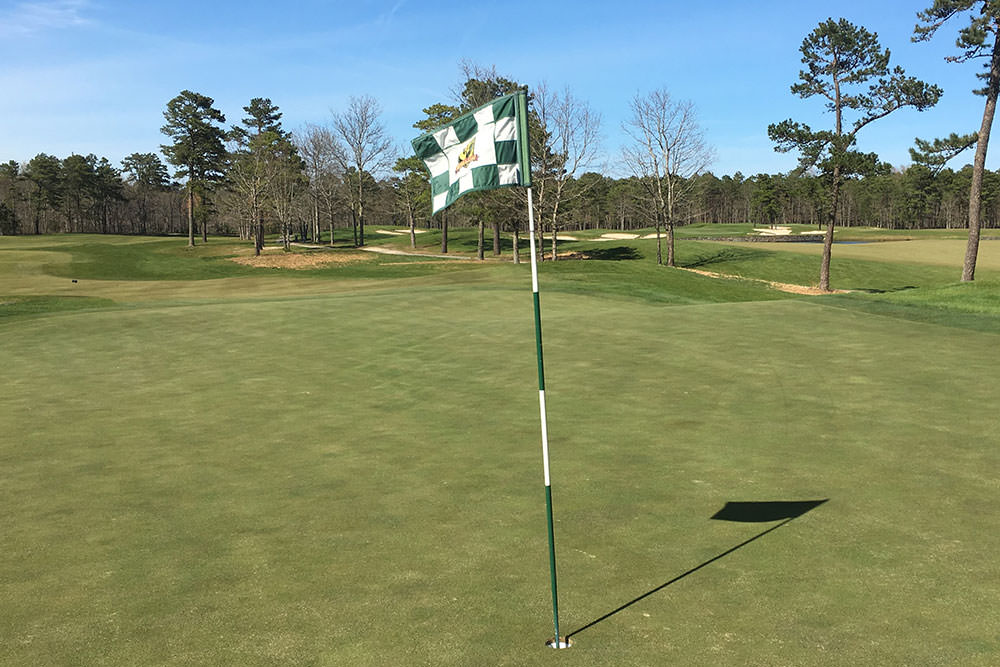
Flagstick/Hole
Your destination! The hole -- which at 4.25 inches in diameter is more than twice the width of a golf ball -- is where you want your ball to end up. The flagstick is seated into the bottom of the hole (or cup) so you can see your target as you approach the green.
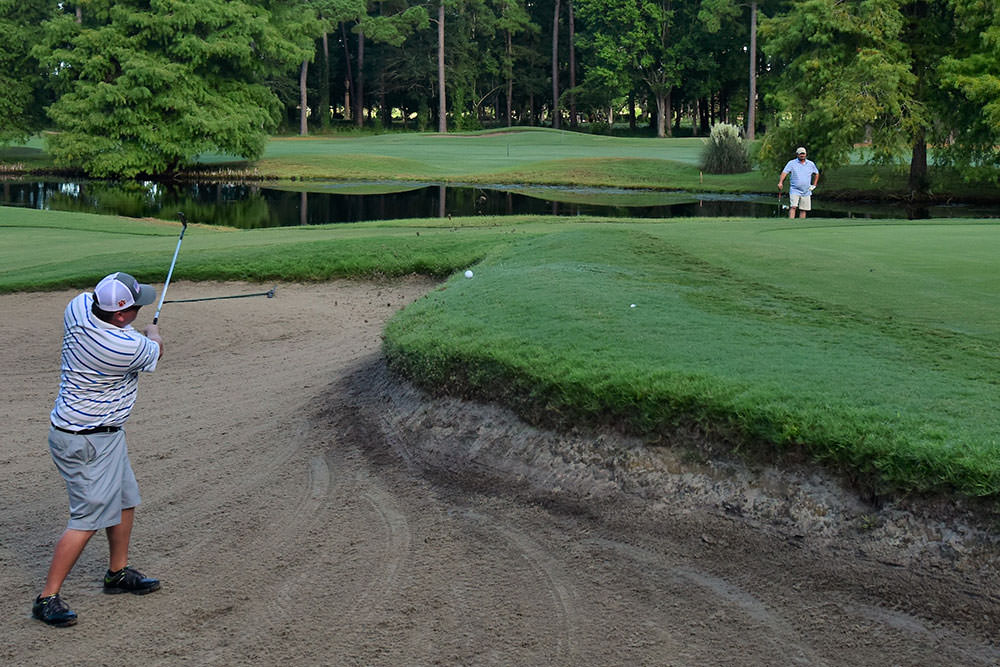
Bunkers
Commonly known as sand traps, these hazards are depressions filled with sand and typically positioned to capture offline shots. Fairway bunkers are found in or along fairways some distance from the green, while greenside bunkers are located adjacent to the putting surface.
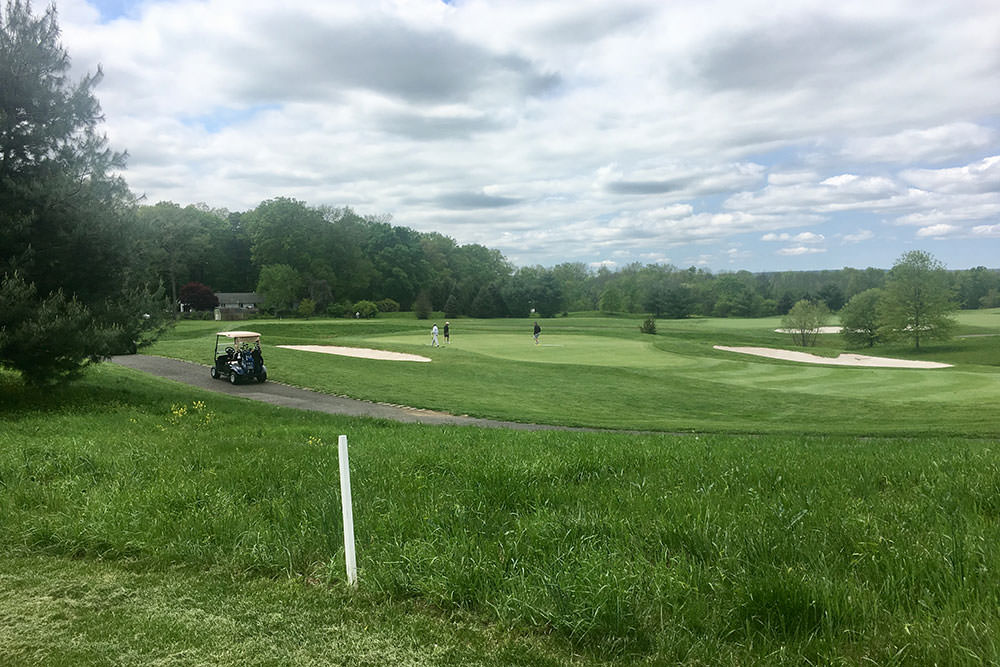
Out of bounds
These are areas bordering the golf course from which play is prohibited (for example, someone’s backyard or a road). Usually they are defined by white stakes, sometimes by fences or walls.
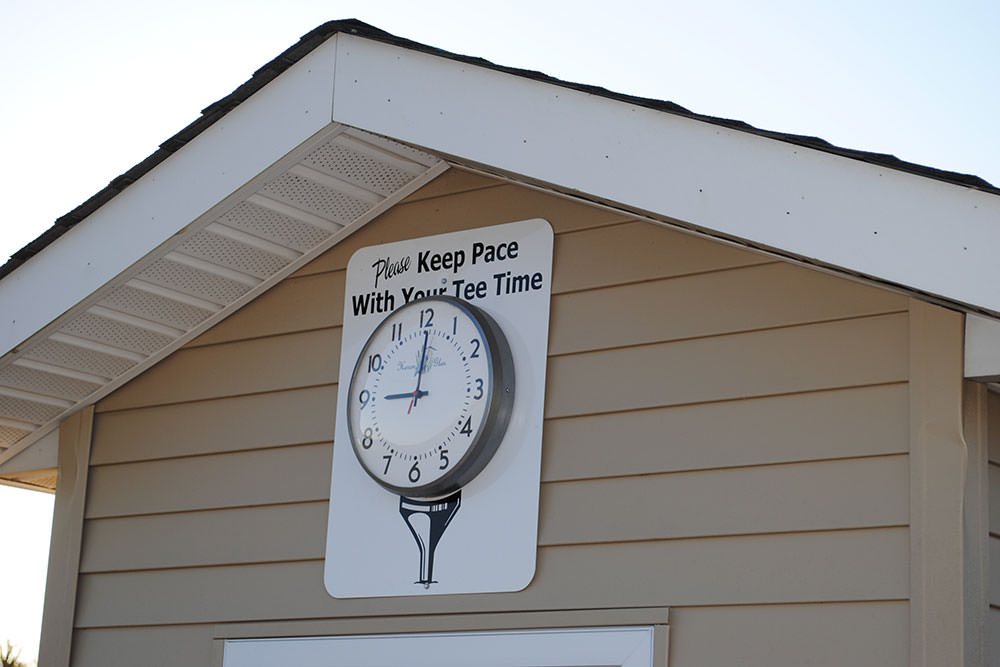
Halfway House
Typically located between holes 9 and 10 (the halfway point on an 18-hole course), there may be a halfway house with restrooms and a snack bar where you can take a few minutes to rest and refuel.
Birdie
A score of one stroke under par at a hole.
